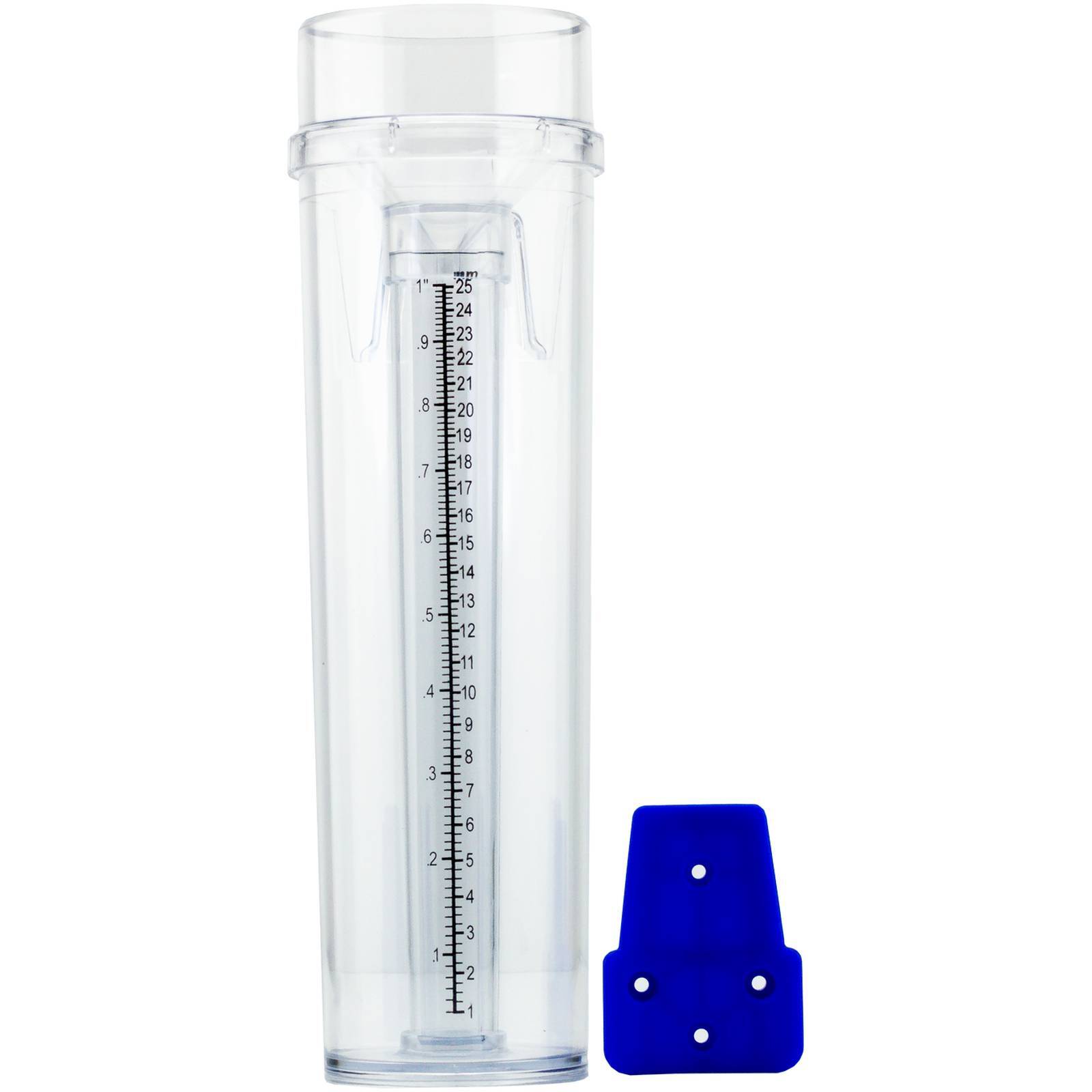The Benefits of Installing a Precision Rain Gauge for Your Weather Station
The Benefits of Installing a Precision Rain Gauge for Your Weather Station
Blog Article
Unveiling the Science Behind Rain Assesses: Just How These Devices Play an Essential Role in Climate Research Study and Ecological Tracking
Rain assesses, seemingly basic tools, hold a profound value in the realm of climate research study and environmental tracking. As we peel back the layers of this scientific shroud surrounding rainfall evaluates, we discover a globe where accuracy, data accuracy, and meticulous monitoring merge to reveal a deeper understanding of our altering environment and its effect on the world.
Importance of Rainfall Scales
Rainfall evaluates play an indispensable role in surveillance and determining rainfall degrees, supplying crucial information for environment study and evaluation. These devices are fundamental in evaluating the quantity of rains that occurs in a specific location over a certain duration. By gauging and gathering rain, rain determines deal useful insights into the circulation and strength of precipitation, aiding meteorologists, hydrologists, and climatologists in understanding weather patterns and patterns.
Among the vital reasons that rainfall gauges are vital is their ability to give precise and localized information. Unlike satellite or radar-based dimensions, which use broader monitorings, rainfall gauges deal precise information particular to the place where they are positioned. This local information is vital for different applications, including flooding projecting, drought tracking, and water source administration. In addition, long-term information accumulated from rainfall assesses aids in analyzing climate adjustment impacts and patterns, adding considerably to clinical study and decision-making processes. Basically, rainfall gauges work as vital devices in the area of weather forecasting and environmental science, playing an essential role in advancing our understanding of weather and environment characteristics.
Kinds of Rain Gauges

Functionality and Procedure
In the realm of environment research study and atmospheric researches, the effectiveness of rain assesses lies in their intricate capability and precise operational devices. Rain determines are developed to precisely gauge the quantity of rainfall that drops over a details area during a collection duration.
The functionality of rain assesses is based upon the principle of accumulating and determining rainwater in a standardized manner. This collected information is vital for comprehending regional weather condition patterns, tracking lasting climate fads, and examining ecological effects. To make sure accurate dimensions, rainfall assesses need to be tactically positioned in open locations far from obstructions such as buildings or trees that might conflict with the collection procedure.
The functional facet of rain evaluates includes normal maintenance to avoid debris buildup, calibration checks to preserve measurement precision, and data videotaping for evaluation (rain gauge). Generally, the capability and operation of rain evaluates are important for collecting reliable precipitation information essential to climate research and ecological tracking
Duty in Environment Study
Offered the critical significance of precise precipitation measurements in comprehending climate patterns and environmental influences, the role of rain gauges in climate study is important. Rainfall assesses offer vital data for climate study by quantifying the quantity of rainfall explanation that tips over a specific location during a given period. This information is important for checking long-lasting patterns in rainfall patterns, examining the influence of climate modification on rainfall circulation, and boosting environment models.

Climate scientists make use of information collected from rainfall determines to assess variants in rainfall levels, identify local environment patterns, and useful reference review the effectiveness of water resource monitoring strategies. By comparing historic precipitation data with current dimensions, researchers can detect shifts in rainfall patterns, such as adjustments in the frequency or strength of rainfall events. This info is vital for comprehending how environment change is affecting rainfall dynamics and can assist policymakers make educated decisions regarding adaptation and reduction strategies.
Applications in Environmental Surveillance

In flooding forecasting, rain scale information aids to track rainfall strength and circulation, permitting authorities to issue prompt warnings and take needed steps to mitigate flooding threats (rain gauge). Drought surveillance relies upon rainfall scale data to examine wetness levels in the soil and track rainfall deficits, helping in the recognition of drought-prone areas and the application of drought action strategies
In addition, rain gauge information plays a vital duty in water resource administration by this giving information on water availability and usage patterns. Furthermore, in farming, rainfall scale information aids farmers in optimizing irrigation timetables, plant selection, and general ranch administration methods based on neighborhood precipitation patterns.
Conclusion
In final thought, rain gauges are vital devices for determining rainfall, supplying useful information for climate research study and environmental tracking. With different types and functionalities, rain evaluates play an important function in comprehending precipitation patterns and their impact on the atmosphere. By precisely measuring rains, these gadgets contribute to the development of scientific expertise and aid in making notified decisions related to water resource monitoring and catastrophe readiness.
Rainfall determines play an essential role in surveillance and determining precipitation levels, giving necessary information for climate study and evaluation. The common rain scale, understood as the "tipping bucket" scale, is one of the most frequently utilized tools. Ultrasonic rain determines use audio waves to find the existence of rainfall, offering real-time information on precipitation degrees.Environment researchers use data collected from rainfall evaluates to assess variants in precipitation degrees, determine local climate fads, and examine the effectiveness of water source management methods.In final thought, rainfall evaluates are essential devices for measuring precipitation, providing useful information for climate research study and ecological surveillance.
Report this page